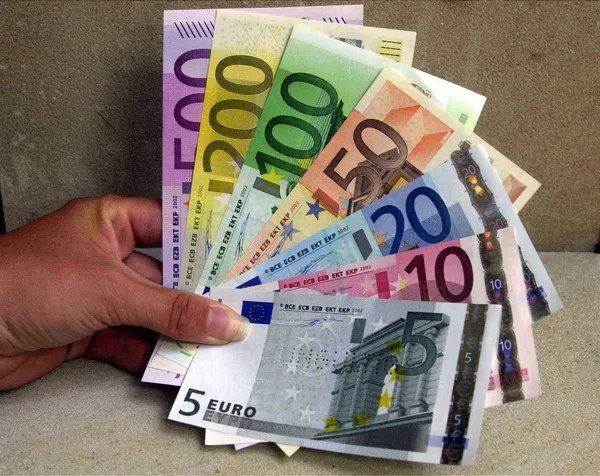In the complex world of central banking, the European Central Bank (ECB) plays a pivotal role in shaping the economic landscape of the Eurozone. One of the most significant tools at the ECB’s disposal is the policy rate. This key interest rate serves as a linchpin for monetary policy, influencing borrowing costs, inflation, and overall economic activity within the Euro area. In this article, we will delve into the intricacies of the ECB policy rate, exploring its significance, determinants, and the broader implications for the Eurozone economy.
The ECB Policy Rate Explained
The ECB policy rate, often referred to as the main refinancing rate (MRO), represents the interest rate at which Eurozone banks can borrow money from the European Central Bank. This rate is central to the ECB’s monetary policy framework and serves as a benchmark for short-term interest rates across the Eurozone. By setting the policy rate, the ECB aims to achieve its primary objective: price stability.
The Importance of Price Stability
Price stability is a cornerstone of the ECB’s mandate. The central bank defines price stability as maintaining inflation rates close to, but below, 2% over the medium term. The ECB believes that stable prices contribute to economic growth, employment, and financial stability. Accordingly, the policy rate is a powerful tool that the ECB employs to influence inflation and ensure the Eurozone’s economic health.
Determinants of the ECB Policy Rate
Several factors influence the ECB’s decision on setting the policy rate. The primary considerations include:
Inflation Targeting: The ECB closely monitors inflation rates to gauge the overall health of the economy. If inflation exceeds the target of 2%, the ECB may raise the policy rate to cool down economic activity and curb rising prices. Conversely, if inflation falls below the target, the ECB may lower the policy rate to stimulate economic growth.
Economic Conditions: The ECB assesses various economic indicators, such as GDP growth, unemployment rates, and consumer spending, to gauge the overall health of the Eurozone economy. In times of economic downturn, the ECB may lower the policy rate to encourage borrowing and spending, fostering economic recovery.
Global Economic Environment: The ECB takes into account the global economic landscape when determining the policy rate. Factors such as international trade tensions, geopolitical events, and global economic trends can influence the ECB’s decisions. Changes in the global economic environment may prompt the ECB to adjust the policy rate to maintain stability.
Financial Stability: The ECB also considers the stability of the financial system. In situations where there are signs of financial stress or market volatility, the central bank may adjust the policy rate to support financial stability.
Impacts of the ECB Policy Rate
The ECB policy rate has far-reaching implications for the Eurozone economy:
Borrowing Costs: Changes in the policy rate directly impact the interest rates that banks charge each other for short-term loans. Consequently, these changes influence borrowing costs for businesses and consumers. A lower policy rate makes borrowing cheaper, encouraging spending and investment, while a higher rate has the opposite effect.
Consumer Spending and Investment: As borrowing costs fluctuate, so do consumer spending and business investment. A lower policy rate can stimulate economic activity by making it more attractive for consumers to take out loans for purchases like homes and cars. Similarly, businesses may find it more affordable to finance expansion projects.
Inflation: The ECB policy rate is a crucial tool for managing inflation. By adjusting the rate, the ECB aims to keep inflation within its target range. Lowering the policy rate can boost economic activity and, in turn, contribute to rising prices. Conversely, raising the rate can help cool down an overheated economy and prevent excessive inflation.
Exchange Rates: Changes in the policy rate can impact the value of the Euro in the foreign exchange market. A higher policy rate may attract foreign investors seeking higher returns, leading to an appreciation of the Euro. Conversely, a lower policy rate may result in a depreciation of the currency.
See Also What Does The Ecb Do?All You Need To Know
Conclusion
The ECB policy rate is a fundamental tool that the European Central Bank employs to steer the Eurozone economy toward stability and growth. By influencing borrowing costs, inflation, and overall economic activity, the policy rate plays a critical role in shaping the economic landscape of the Euro area. As global economic conditions evolve, and the Eurozone faces various challenges, the ECB’s careful consideration and calibration of the policy rate remain essential for achieving its mandate of maintaining price stability and fostering sustainable economic development within the Eurozone.


